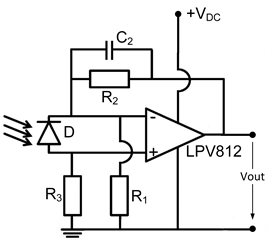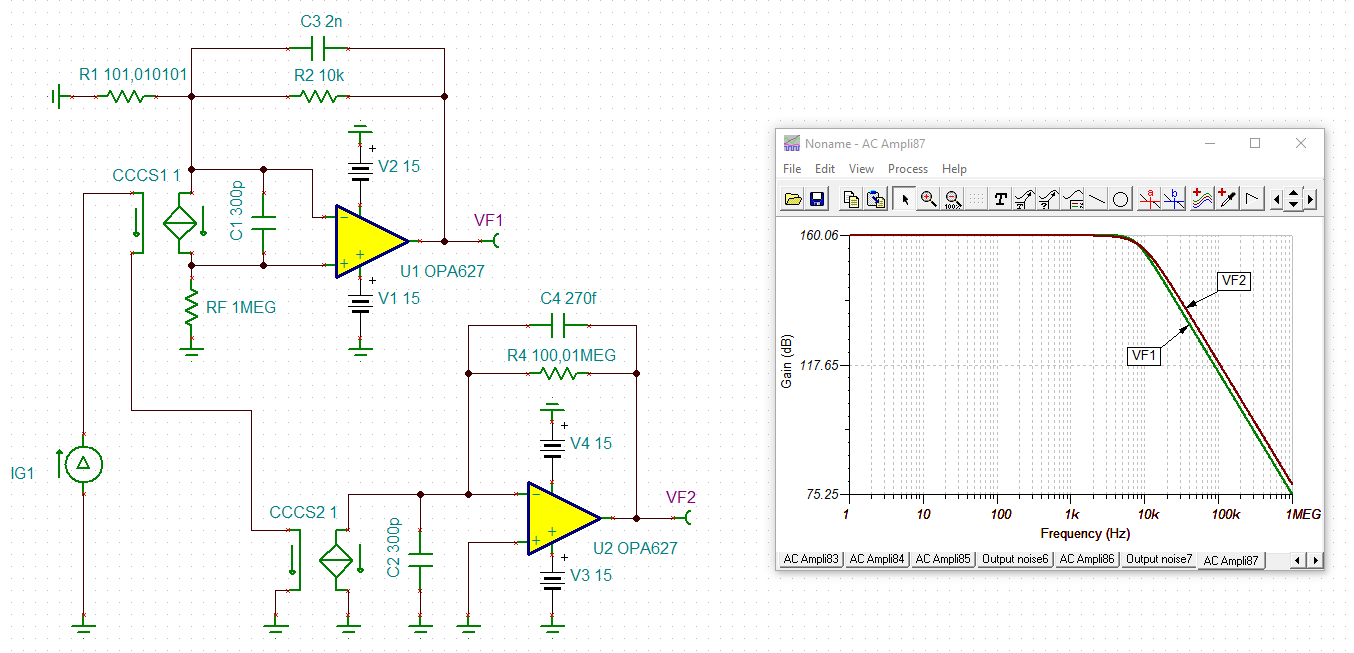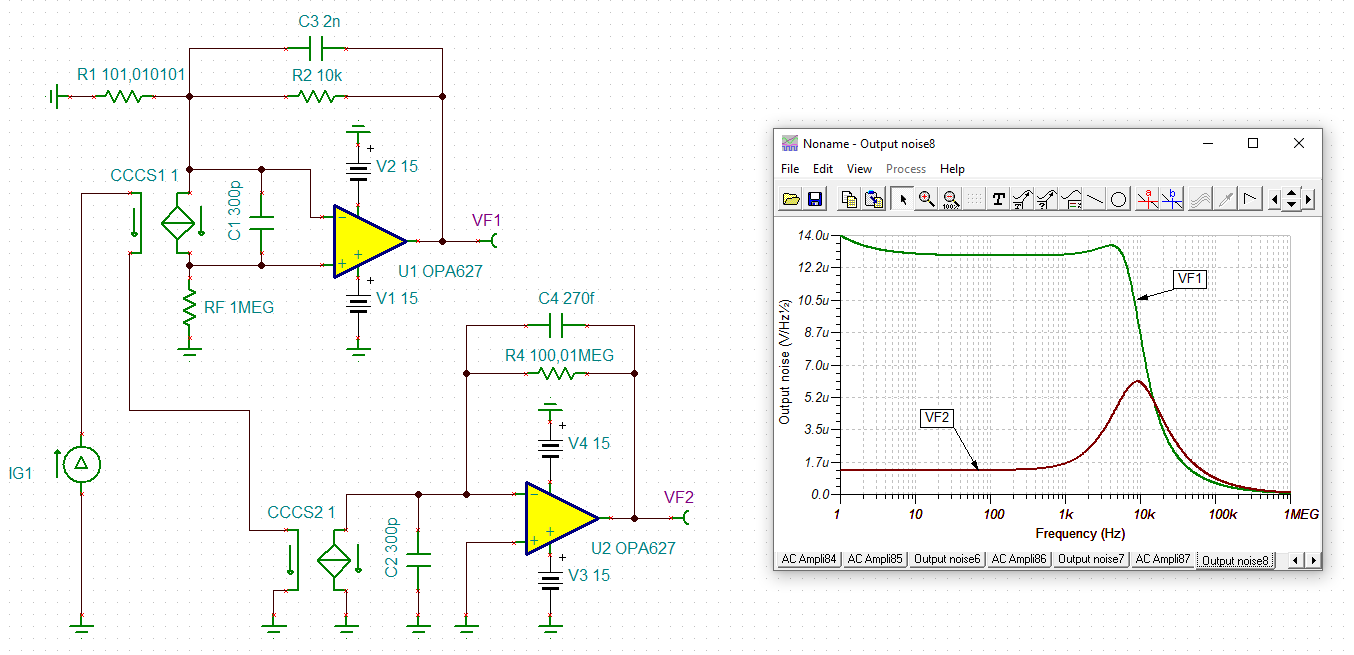Is anybody aware of the transimpedance amplifier circuit shown below? I found it in an old textbook but unfortunately without further explanations. R1 and R2 seem to form a non-inverting amp, but I am not sure about the function of R3. And the non-inverting circuit is normally not used with transimpedance amplifiers. Has anybody seem this circuit elsewhere?





